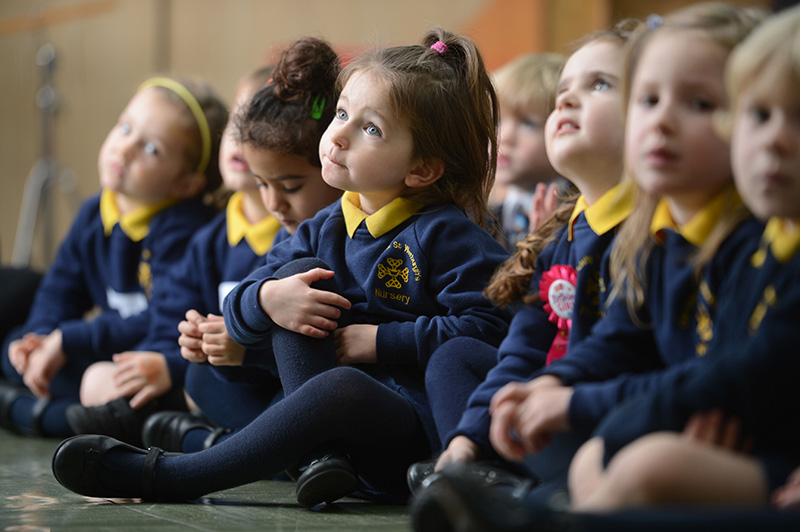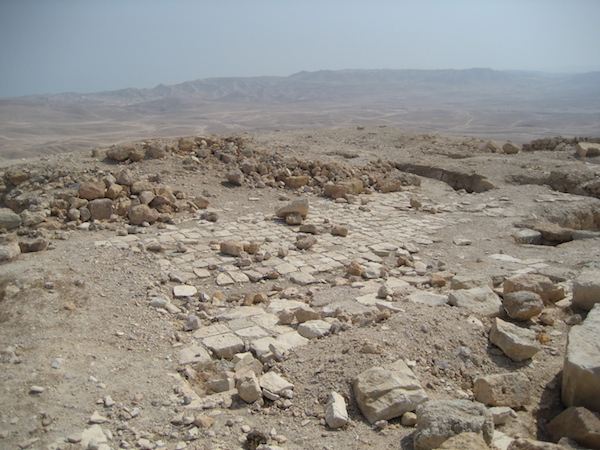A sixth century prayer in Byzantine Greek has been found by archaeologists in the Judean desert.
“Jesus Christ, guard me for I am poor and needy,” read the words discovered at Hyrcania, a hill-top fortress just over 10 miles from Jerusalem.
The inscription echoes the opening line of Psalm 86, “Hear me, Lord and answer me for I am poor and needy”.
In 492AD, a monk known as “Holy Sabbas” founded a small monastery on the site of the fortress built by John Hyrcanus, a Hasmonean ruler or possibly his son Alexander Jannaeus in the first or second century BC.
Herod the Great subsequently enlarged the fortress, one of a series of desert fortifications that he re-built or expanded.
Part of a wave of desert monasticism, the Hyrcania monastery was known as “Kastellion”, meaning “the little castle” in Greek. It survived the Islamic conquest of Byzantine Palestine in 635BC but appears to have been abandoned by early in the ninth century.
The inscription was discovered recently during the first methodical archaeological survey of Hyrcania. For four weeks, the site was excavated by a team from the Hebrew University in Jerusalem, supported by Carson-Newman University of Jefferson City in Tennessee and American Veterans’ Archaeological Recovery.
They uncovered a collapsed layer of building stones and an elongated hall, probably once part of the monastery.
Oren Gutfeld, an archaeologist from the Hebrew University said some of the fortification’s architectural style “strongly” recalled the fortress of Herodium, which contains the palace of Herod the Great.
“It’s quite possible that the same engineers and planners even oversaw the construction. It’s not by chance that we call Hyrcania ‘Herodium’s little sister’,” he said.
During the excavation, archaeologists also discovered a substantial building stone on the plastered floor of the hall. Below a depiction of the Cross is the inscription painted in red. Its style indicates it was written in the sixth century.
Grammatical errors in the wording indicate the author “was not a native Greek speaker, but likely someone from the region who was raised speaking a Semitic language,” according to Avner Ecker, an expert epigraphist from Bar-Ilan University, Israel.



 Loading ...
Loading ...